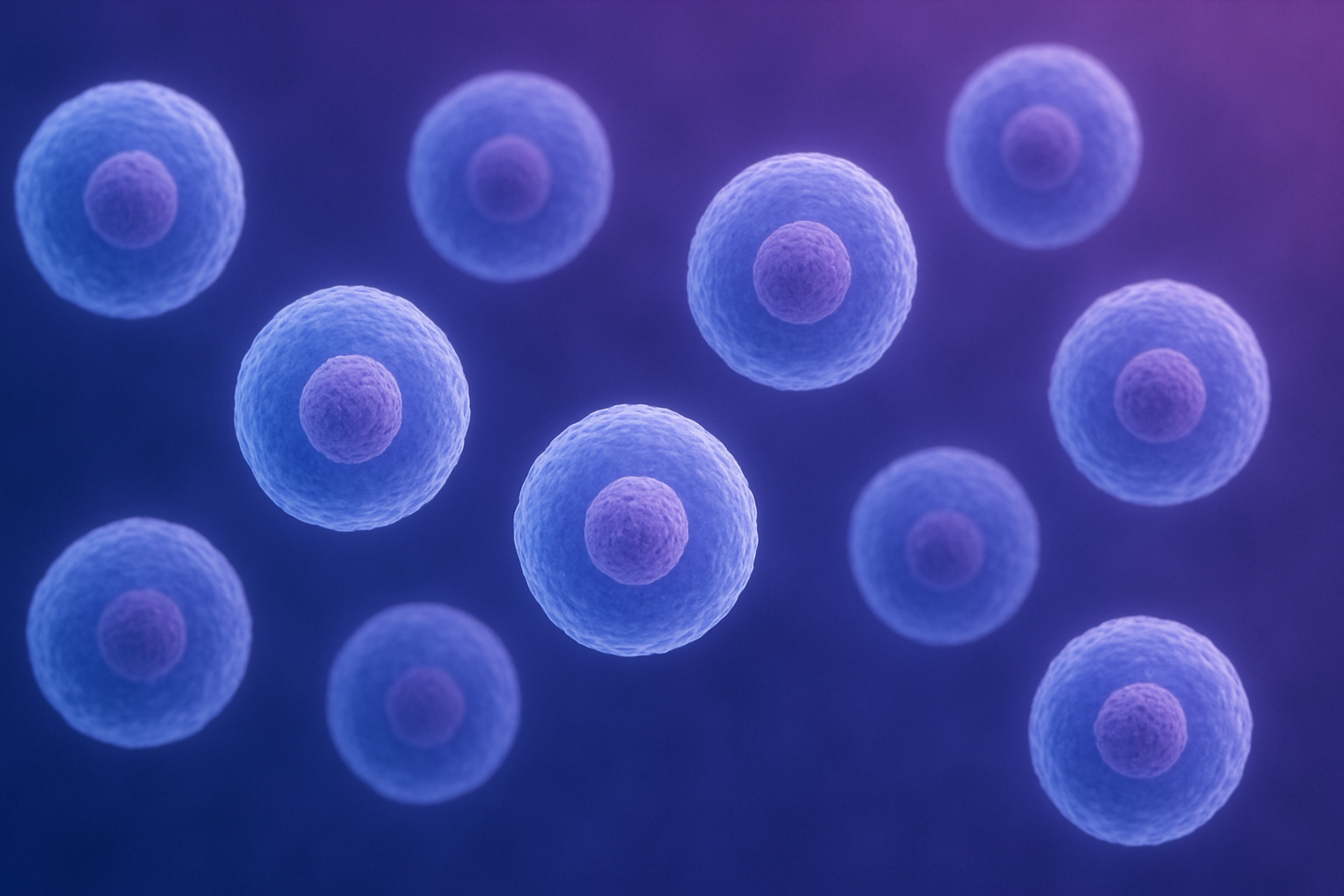
Single-Cell RNA-seq
Resolve cell populations with scRNA-seq, differential transcriptomics, V(D)J immune profiling and fixed RNA profiling.
Service theme
Facilities
Content navigation
About
10x Genomics Chromium
We use 10x Genomic Chromium cell barcoding technology to construct various library types for sequencing on Illumina platforms. Individual cells are partitioned into emulsified oil droplets containing a reverse transcription mastermix and a gel bead coated in 10x barcodes and UMIs.
Clients have the option to multiplex their cell samples before sorting and sample submission, using hashtags purchased from BioLegend. Note: for 3' scRNA-seq use BioLegend TotalSeq-B reagents. For 5' scRNA-seq use TotalSeq-C reagents.
Supported library preps with 10x Genomics Chromium include:
- 3' mRNA and 5' mRNA Gene Expression (GEX)
- 5' V(D)J immune profiling
- Feature barcoding for cell sample multiplexing
- ATAC-seq
- Fixed RNA profiling
Parse Evercode Single Cell
Parse Evercode offers a highly cost-effective single cell library preparation solution with combinatorial indexing, an instrument-free protocol, and exceptional performance on Illumina sequencing platforms. For more information, please contact us.
Requirements (10x Genomics Chromium)
Get in touch with us at brf@anu.edu.au for a discussion about your scRNA-seq project or to organise submission. Note: it can take up to 2 hours for us to bring the samples to a safe stopping point, so we require the samples to be brought to the BRF before 3pm on the agreed submission day. Unforeseen circumstances can cause the submission time to go past 3pm, so we ask that you actively keep us informed if you cannot meet this time.
Prior to submission, download the form: BRF Library Preparation & Sequencing Order Form_3.pdf, fill in and send to brf@anu.edu.au.
If you have labelled your cell surface proteins with hashtag oligos, we will require an antibody reference file detailing the sequences of the barcodes carried by the antibodies.
Best results are achieved with manual cell counting under a microscope. A high cell viability will lead to a higher cell recovery. If you wish to check your cells on the Countess Automated Cell Counter when delivering your samples, purchase disposable slides from the Idea Elan website, under the ACTD facility (one slide can accommodate two samples). Checking on the Countess requires 10 µL of sample.
The recovery rate after cell barcoding can be up to 80%. Recommended maximum loading of each sample is 20,000 per sample with an ~8% multiplet rate. Hashtagged cell samples can be loaded higher and multiplets can be filtered from the dataset with greater confidence.
Ideally, sample concentrations should lie between 700-2000 cells/µL. Ensure you have sufficient cells and additional volume if you wish to check your samples on the Countess. For 5' and 3' assays we require at least 20,000 cells. For fixed RNA scRNA-seq, we require at least 300,000 cells per sample.
